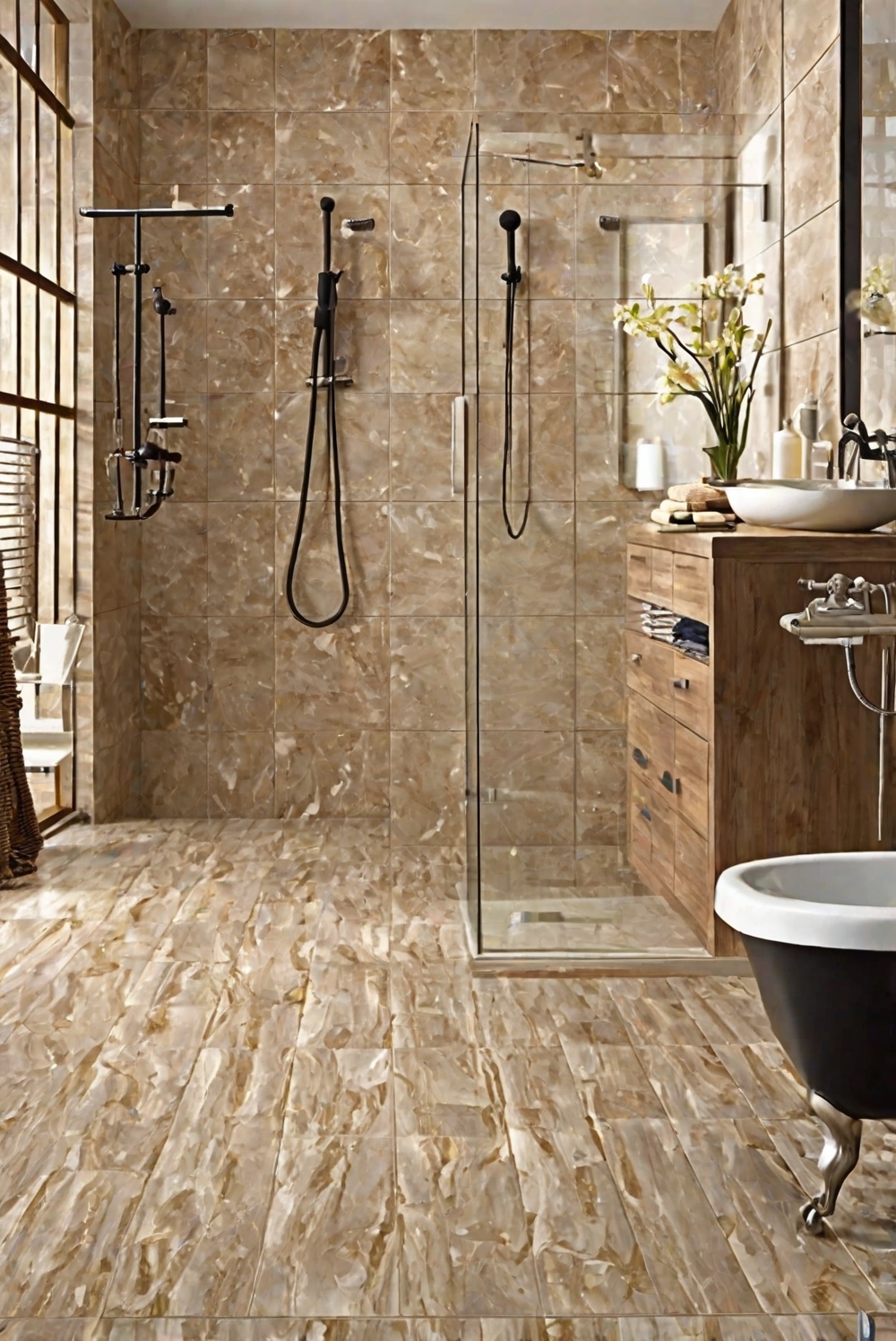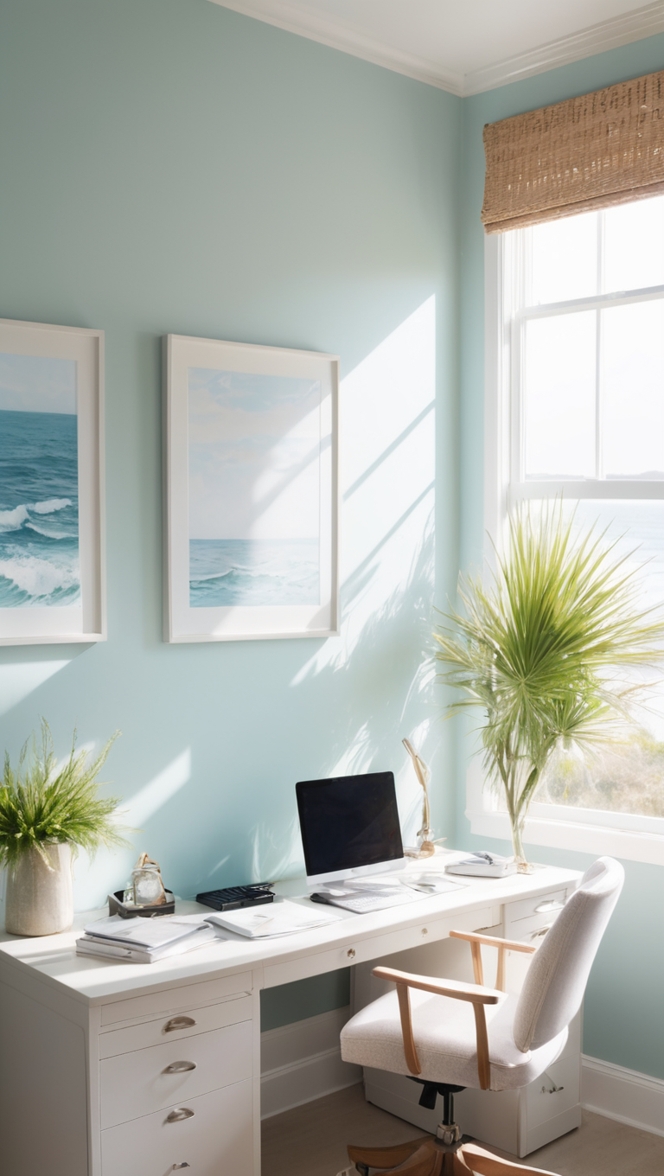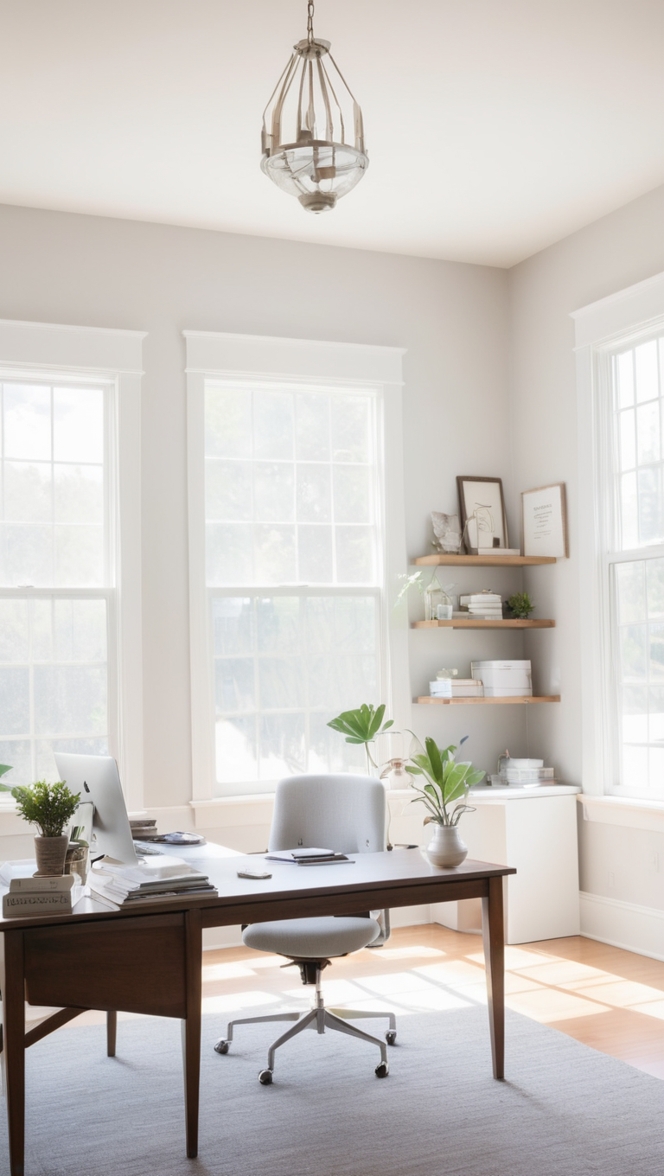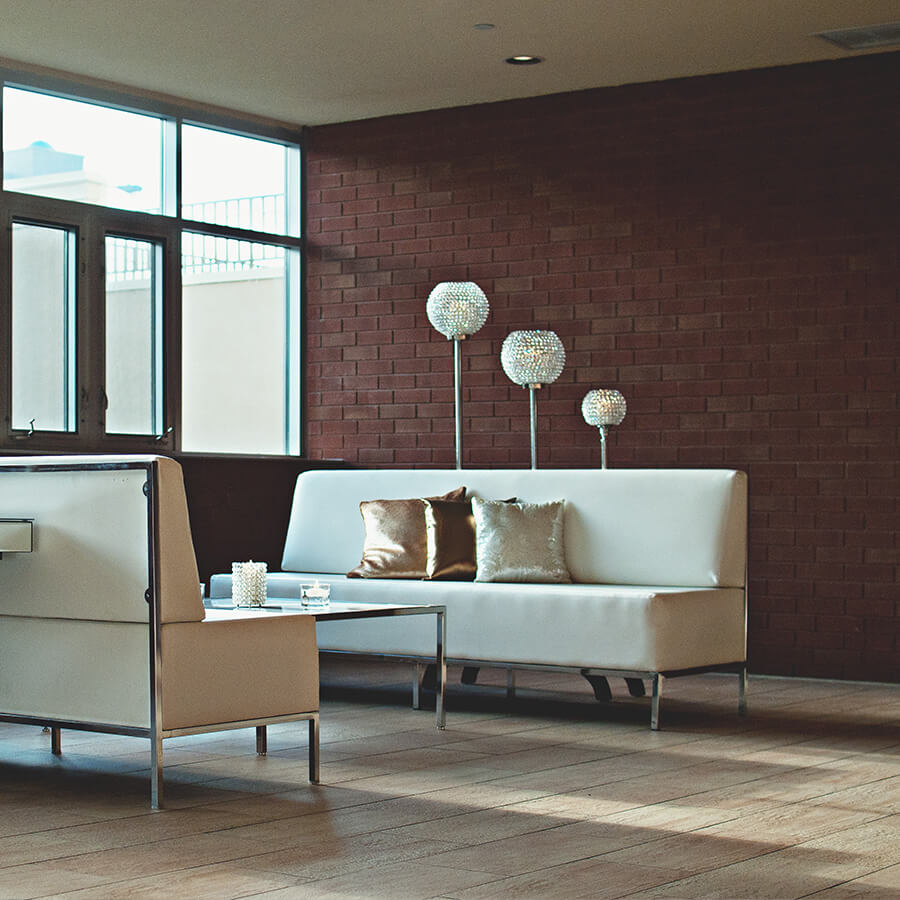Ready to upgrade your bathroom flooring? Discover the best tips to select the right bathroom flooring that suits your style and budget.
**How to Select the Right Bathroom Flooring (Make the Best Choice)**
**Answer:**
When choosing the right bathroom flooring, consider factors like moisture resistance, durability, style, and budget. Options such as ceramic tiles, vinyl, and laminate are popular for bathrooms due to their water-resistant properties. Prioritize safety with non-slip textures and easy maintenance to save time and effort. Research different materials, compare prices, and read reviews to make an informed decision. Measure your bathroom’s dimensions accurately before purchase. Remember to plan the installation process in advance to ensure a smooth transition. Prioritize your preferences based on functionality and aesthetics to find the perfect choice for your bathroom.
When it comes to creating a functional and visually appealing bathroom, selecting the right flooring is crucial. The bathroom is a high-moisture area, so choosing flooring that can withstand water and humidity is essential. Here are some key questions to consider when selecting the best bathroom flooring:
1. What is the best type of flooring for a bathroom with high moisture levels?
Choosing a waterproof flooring option is crucial for a bathroom with high moisture levels. Porcelain or ceramic tiles are excellent choices as they are water-resistant and durable. Vinyl flooring is another popular option as it is cost-effective, easy to install, and resistant to water.
2. How to choose a bathroom flooring material that is easy to clean and maintain?
Opt for materials that are easy to clean and maintain in a bathroom setting. Tiles, especially porcelain and ceramic, are easy to clean with regular water and mild cleaners. Vinyl flooring is also a low-maintenance option that can be cleaned with a damp cloth or mop.
3. Can I install hardwood flooring in a bathroom and what are the risks involved?
While hardwood flooring can add warmth and elegance to a bathroom, it is not the best choice for high-moisture areas. Hardwood is susceptible to water damage and can warp or cup in humid environments. If you still prefer the look of hardwood, consider engineered hardwood or wood-look tiles that offer the aesthetic appeal without the risks.
4. How do I protect my bathroom flooring from water damage?
To protect your bathroom flooring from water damage, ensure that the flooring is properly sealed and installed. Use rugs or mats near sinks and bathtubs to absorb excess water. Regularly inspect for any signs of water damage and address them promptly to prevent further issues.
5. What are the benefits of using tiles for bathroom flooring?
Tiles are a popular choice for bathroom flooring due to their durability, water-resistance, and versatility. They come in a wide range of colors, patterns, and sizes, allowing you to create a custom look for your bathroom. Tiles are also easy to clean and maintain, making them a practical option for high-moisture areas.
6. How to select the right bathroom flooring that complements the overall design of the space?
Consider the overall design and style of your bathroom when selecting flooring. Choose flooring that complements the color scheme, fixtures, and decor of the space. Light-colored flooring can make a small bathroom feel more spacious, while darker tones can add a touch of luxury.
7. Why is it important to consider slip resistance when choosing bathroom flooring?
Slip resistance is crucial in a bathroom to prevent accidents and ensure safety. Look for flooring options that offer adequate slip resistance, especially in wet areas like showers and tubs. Textured tiles or mosaic patterns can provide additional grip and reduce the risk of slipping.
In conclusion, selecting the right bathroom flooring involves considering factors such as moisture resistance, maintenance, design, and safety. By choosing a suitable flooring material that meets these criteria, you can create a practical and visually appealing bathroom space. Remember to prioritize functionality and durability when making your selection to ensure that your bathroom flooring stands the test of time.








